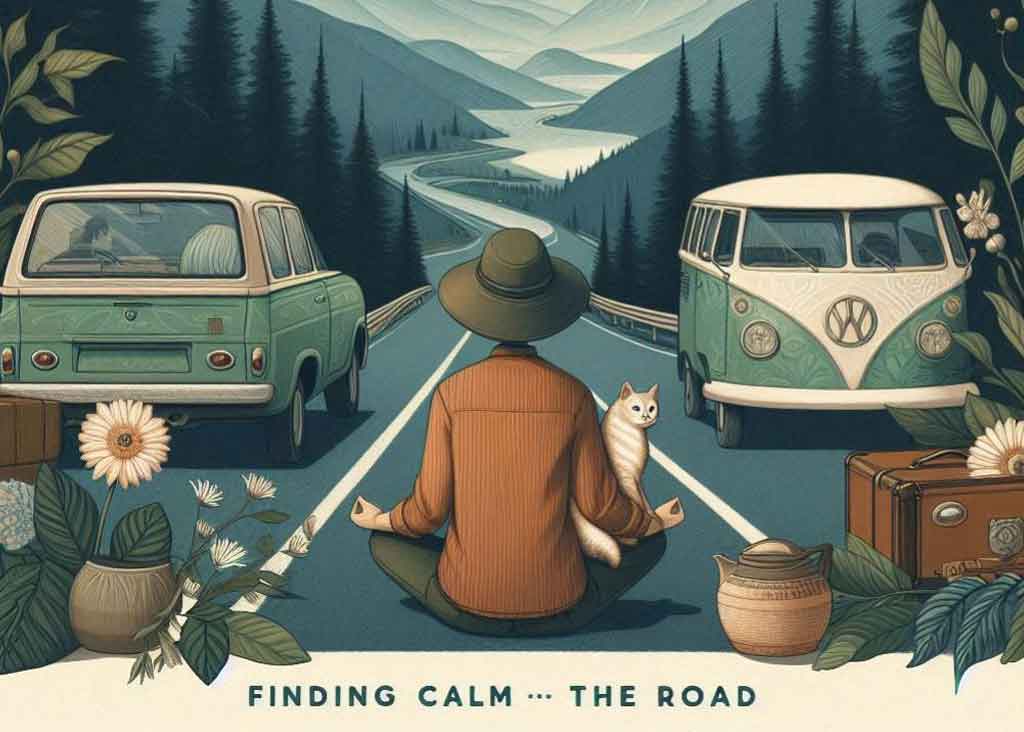Finding Calm on the Road: Embrace Quiet Travel

Travel doesn't always have to be about jam-packed itineraries, bustling tourist hotspots, or racing from one landmark to another. Sometimes, the journey is less about the sights and more about the silence—that’s where the magic of quiet travel comes in.
Embracing the Essence of Quiet Travel
Quiet travel is all about consciously choosing a slower, gentler way of exploring. It’s an invitation to seek out hushed places, soothing activities, and serene moments that let us tune in to ourselves and the world around us. Whether it's a cozy cabin in the woods, a sleepy coastal village, or an early morning stroll through foggy meadows, quiet travel swaps the chaotic for the contemplative.
This approach isn’t about isolating yourself or missing out on adventure. It's about redefining what adventure means: less adrenaline, more awe; less noise, more nuance. It's sitting by a lake with just your thoughts for company, journaling by candlelight, or wandering through a garden where every whisper of wind feels like a secret.
Uplifting Mood Through Mindful Exploration

I find that taking the slow lane on the road—or rail, or foot—can have a transformative effect on my mood. With fewer distractions and less pressure to “see it all,” there’s suddenly space for genuine joy to bubble up. The lack of crowds means I can breathe deeply and connect more meaningfully, both with my surroundings and with the people I might meet along the way.
When I’m not chasing after the next Instagrammable moment, I notice tiny wonders: the sun dappling through trees, the echo of my footsteps on an empty trail, the gentle rhythm of waves. These moments, simple as they are, feel sacred and uplifting. There's a calm satisfaction in moving slowly—it’s as if my mind has been running a marathon and, finally, someone hands it a soft blanket and tells it to sit down for a while.
Quiet Travel and Mental Health: An Unexpected Therapy
The impact of quiet travel on mental health is hard to overstate. In my experience, breaking away from daily noise makes it easier to recognize what I need, how I'm feeling, and even who I am beneath the surface-level static of everyday life.
There’s something soothing about landscapes that aren’t shouting for attention. These places offer a kind of gentle companionship, a reminder that it’s okay to rest, to reflect, and even to retreat for a little while. Silence, when purposeful and chosen, can be deeply healing. Research even suggests that being in tranquil environments can reduce anxiety and lower stress levels, offering a mental reset that’s increasingly rare in our hyper-connected world.

Tips for Practicing Quiet Travel
- Choose destinations known for their peaceful nature—think national parks, countryside retreats, small towns, or remote beaches.
- Prioritize slow activities over jam-packed itineraries. This could look like forest bathing, nature walks, reading on a porch swing, or a leisurely bike ride.
- Consider traveling during off-peak seasons to avoid crowds.
- Limit technology use to encourage a mindful experience.
- Allow unplanned time each day for spontaneous wandering or simple rest.
Rediscovering Joy in Stillness
Quiet travel isn’t about escaping life; it’s about deepening your experience of it. In stillness, I often find the emotions and insights that get buried beneath the busyness of modern life. So here’s to quiet roads, gentle mornings, and the healing hush that invites us to listen—not just to the world, but to ourselves.
Join our community today and take the first step towards a healthier, more balanced you.
Note: This is for informational purposes only and should not replace professional medical advice. Always consult a healthcare professional before starting any new treatment or session.
Photo: @Freepik, @unsplash @microsoft designer

